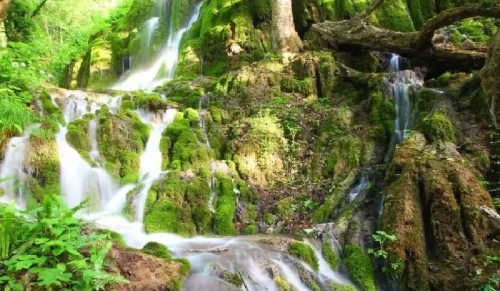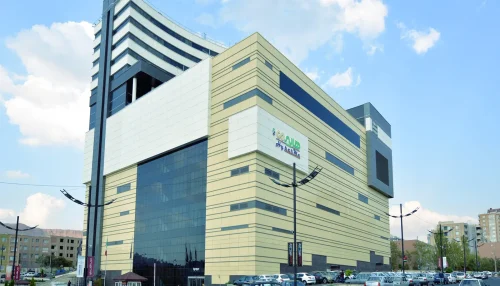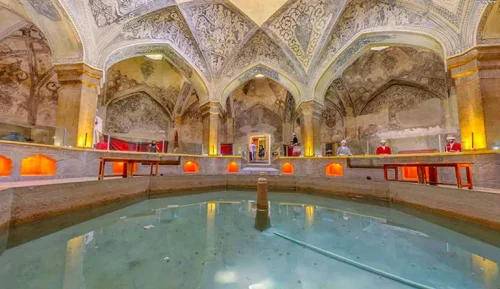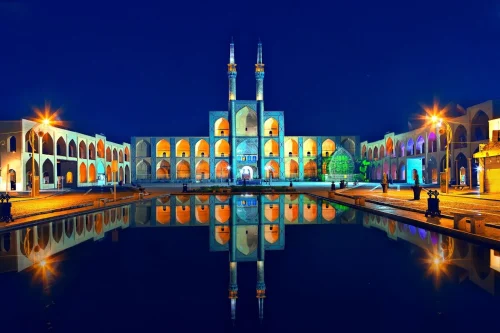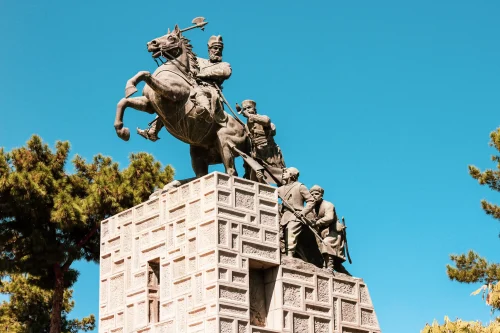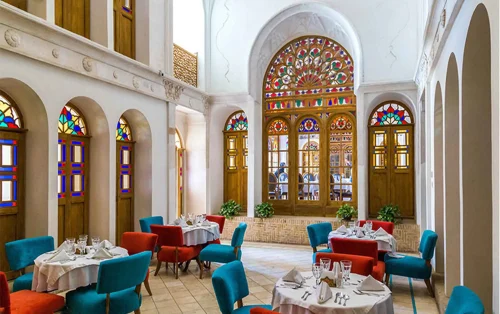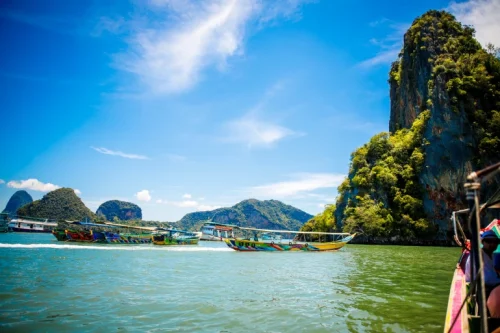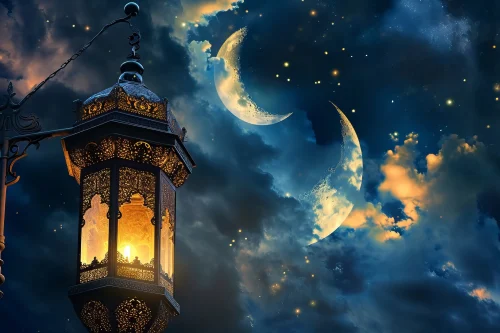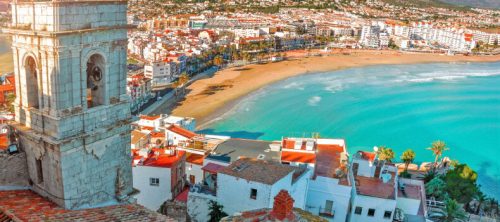Savadkuh Beech Forest (Merci Si) | Access Routes + Attractions
A Complete Guide to Accessing Savadkuh Beech Forest (Merci Si) and Its Attractions
Easy Access Routes to Savadkuh Beech Forest (Merci Si) and Nearby Tourist Spots
Savadkuh Beech Forest (Merci Si): Access Routes and Tourist Attractions for Travelers
A Comprehensive Guide to Accessing Rasht Forest in Savadkuh (Merci Si)
The Rasht Forest in Savadkuh, also known as Merci Si, is one of the most beautiful natural areas in Mazandaran Province. Access to the forest is possible via several routes. From Tehran, you can take the Firouzkouh road towards Veresk, then head to Arfa Deh and Shur Mast. Upon reaching the village of Sangdeh, a 10-kilometer dirt road leads to the Rasht Forest in Savadkuh. Irancharter facilitates your journey to this delightful destination by providing transportation services and precise maps.
Attractions in Rasht Forest, Savadkuh (Merci Si)
The Rasht Forest in Savadkuh, with its diverse vegetation and robust beech trees, offers breathtaking scenery for visitors. The Ubon waterfall and the Panther Valley are among the natural attractions in the area that draw numerous tourists each year. Additionally, hiking and cycling trails within the forest enable one to enjoy nature and photography. Irancharter offers special tours to make these attractions easily accessible to you.
Recreational Activities in the Rasht Forest, Savadkuh
The Rasht Forest in Savadkuh is a prime destination for various recreational activities. Forest trekking, hiking through forest trails, cycling, and photographing natural landscapes are some of the activities you can engage in here. You can also use the beautiful waterfalls for picnicking and relaxation. Irancharter provides equipment and skilled guides to ensure a unique and safe experience for you.
The Best Time to Visit Rasht Forest in Savadkuh
The best time to visit the Rasht Forest in Savadkuh is from mid-spring to early winter. During spring and summer, the forest, with its greenery and colorful scenery, is ideal for picnics and tourism. Autumn offers a delightful view with its varied leaf colors. In winter, the forest takes on a different and attractive appearance under snow and ice, though it requires special gear and more preparation. Irancharter recommends planning your trip during these periods to fully appreciate the natural beauty of the Savadkuh forest.
Accommodations Near the Rasht Forest in Savadkuh
There are various options for accommodations near the Rasht Forest in Savadkuh. Eco-friendly lodges in the village of Sangdeh and around the forest offer adequate amenities. One of the most popular options is the Damon eco-lodge, which can accommodate six people. Additionally, the Kambarn eco-lodge provides wooden suites with a beautiful view of the Bandbon plain, making it an ideal choice for those seeking peace and nature tourism. Irancharter provides accurate information and online reservations at irancharter.ir to help you choose the best accommodation for your trip.
Flora and Fauna in the Rasht Forest, Savadkuh
The Rasht Forest in Savadkuh is notable for its diverse plant life. The beech trees, which form a significant portion of the forest, along with a variety of shrubs and native plants like ferns, maples, elms, and hornbeams, offer beautiful scenery to visitors. Wildlife such as rabbits, deer, martens, and brown bears also inhabit this forest. Irancharter advises respecting the natural habitat during your visit and avoiding encounters with wildlife to help preserve the area’s biodiversity.
Waterfalls and Natural Attractions Around the Rasht Forest, Savadkuh
The Ubon waterfall and the Panther Valley are notable natural attractions around the Rasht Forest in Savadkuh. The Ubon waterfall, with its rushing waters, is one of Mazandaran’s top tourist spots. The Panther Valley offers extraordinary landscapes that are perfect for photography and enjoying unspoiled nature. Irancharter provides detailed guidance to facilitate easier visits to these attractions.
Essential Tips for Visiting Rasht Forest in Savadkuh (Merci Si)
For a safe and enjoyable trip to the Rasht Forest in Savadkuh, following some essential tips is important. Firstly, physical readiness and having the necessary equipment like water, appropriate clothing, a sleeping bag, and a tent are crucial. Also, check the weather conditions and plan carefully before your trip. Visit the forest with a group and utilize local guides to avoid potential hazards. Irancharter recommends always carrying safety gear and paying particular attention to preserving the environment.
Visitors’ Experiences in the Rasht Forest, Savadkuh
Visitors to the Rasht Forest in Savadkuh are often amazed by the tranquility and silence of nature, the beauty of the beech trees, and the area’s captivating scenery. Positive experiences include hiking on forest trails, observing waterfalls, and staying at accommodations near the forest. Irancharter ensures a unparalleled and hassle-free experience for tourists by providing suitable amenities and specialized services. The positive feedback from visitors indicates the popularity of this tourist destination.
Nearby Attractions Around the Rasht Forest, Savadkuh
The Rasht Forest in Savadkuh is not only a tourist destination; its surrounding area is filled with natural and historical attractions. On the way to the forest, you can visit the Ubon waterfall and the Panther Valley. Additionally, the Alash Observatory and the Panther River are other nearby attractions. Irancharter suggests that, besides exploring the Rasht Forest in Savadkuh, you should also take a look at these beautiful places to make your trip more complete and memorable.
Frequently Asked Questions
- Where is the Rasht Forest in Savadkuh located?
- The Rasht Forest in Savadkuh, also known as Merci Si, is located approximately 10 kilometers from the village of Sangdeh in Mazandaran Province.
- How can one access the Rasht Forest in Savadkuh?
- To access the Rasht Forest in Savadkuh, you need to pass through the Firouzkouh road, cross the Veresk Bridge, and follow the path through Arfa Deh and Shur Mast until you reach the village of Sangdeh. There is about a 10-kilometer dirt road from Sangdeh to the forest that can be easily navigated by sedans or SUVs.
- What is the best season to visit the Rasht Forest in Savadkuh?
- The best time to visit the Rasht Forest in Savadkuh is from mid-spring to early winter. The autumn season creates a beautiful and pleasant scene with the change in leaf colors.
- What is the vegetation like in the Rasht Forest in Savadkuh?
- The Rasht Forest in Savadkuh features a diverse range of vegetation including beech trees, ferns, maples, elms, and hornbeams. This plant life adds a unique radiance to the forest and creates a relaxing environment.
- What animals can be found in the Rasht Forest in Savadkuh?
- In the Rasht Forest in Savadkuh, you can encounter animals such as rabbits, deer, martens, and leopards. Brown bears and wolves also inhabit the higher elevations of this area.
- What recreational activities are available in the Rasht Forest in Savadkuh?
- In the Rasht Forest in Savadkuh, you can engage in activities such as forest trekking, hiking, cycling, photography, and picnicking. Visiting the Ubon waterfall and the Panther Valley are additional attractions of the area.
- How can one stay in the Rasht Forest in Savadkuh?
- You can camp or stay in eco-friendly accommodations near the village of Sangdeh. Facilities like the Damon and Kambarn eco-lodges provide adequate amenities.
- What are the conditions for visiting the Rasht Forest in Savadkuh?
- Visiting the Rasht Forest in Savadkuh is possible around the clock and there is no entry fee. However, it is recommended to travel in groups and bring essentials such as water, appropriate clothing, and comfortable shoes.
- What are important tips for traveling to the Rasht Forest in Savadkuh?
- Important tips for traveling to the Rasht Forest in Savadkuh include bringing necessary gear, checking weather conditions, traveling in groups, respecting the environment, and avoiding the use of tree wood for fires.
- How much does it cost to visit the Rasht Forest in Savadkuh?
- Visiting the Rasht Forest in Savadkuh is free, with no entry fee required. You can freely enjoy the natural beauty of the area.
- What facilities are available around the Rasht Forest in Savadkuh?
- Around the Rasht Forest in Savadkuh, facilities include eco-friendly accommodations, the Ubon waterfall, Panther Valley, rapid rivers, and the Alash Observatory, each offering unique attractions.
- Is a permit required to enter the Rasht Forest in Savadkuh?
- No, a special permit is not required to visit the Rasht Forest in Savadkuh, and you can freely enter the area.
- How can one take advantage of local guidance in the Rasht Forest in Savadkuh?
- For local guidance in the Rasht Forest in Savadkuh, you can rely on local leaders or reputable tour groups. Additionally, using precise maps and navigation systems can help you find the right paths.
- What are the nearby attractions to the Rasht Forest in Savadkuh?
- Nearby attractions to the Rasht Forest in Savadkuh include visiting the Bola waterfall, Shur Mast Lake, the Kijak Cave, and the Soleiman Dam. The Alash Observatory and the Panther River are additional close attractions.
- What is the history of the Rasht Forest in Savadkuh?
- The Rasht Forest in Savadkuh is part of the several million-year-old Hyrcanian forests in northern Iran. The beech trees, growing uniformly and regularly due to special environmental conditions, have made this forest famous.
- Is it possible to have a picnic in the Rasht Forest in Savadkuh?
- Yes, the unspoiled nature and peaceful atmosphere of the Rasht Forest in Savadkuh provide an ideal opportunity for picnics with family or friends.

